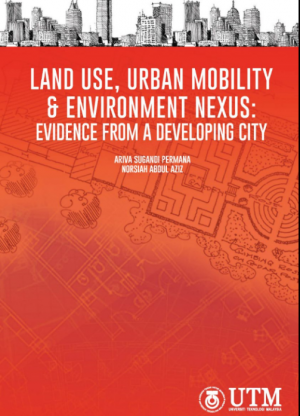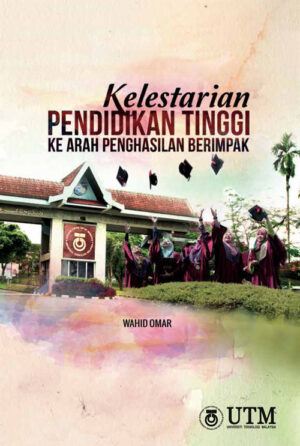Description
Land use, transport and environment is a nexus that is rarely discussed simultaneously. This book, thus, attempts to concurrently analyse the linear interconnection of land use, transport and environment. Urban land use, from the viewpoint of transportation mainstream, is exhibited by at least two patterns of traffic flow, which include concentric and polycentric patterns. Concentric pattern is signified by a single destination of most road users for various travel purposes, such as working and shopping. The traffic flow is converged and concentrated towards the single destination, namely the central business district, thus creating congestion and degrading air quality. The polycentric pattern, conversely, exhibits characteristics with many destination points. The traffic flow is distributed among available destinations, depending on the strength of sub-centres. In this case, the intensity of air quality degradation from transportation source is more distributed across the city. This is the essence of this research-based book.
The research was undertaken in a city with visible concentric land use pattern. With all of the vehicles in this city using fossil fuel, and with inadequate public transport and loose connection between land use and transport, the air quality continues to deteriorate due to this transportation source, and thus escalating the level of air pollution. In this city, other air pollution source such as industry is negligible. Thus, transport can be considered a single major source of air pollution.
Although some policy instruments, which are dealing with air pollution and environment, are perhaps in place, the implementation part has yet to be executed. This study suggests some locally suitable policies to cope with continuous degradation of air quality in the study area. The study expects to share findings and recommendations for other cities with similar land use-transport-environment problems and issues, and confirms the linear correlation between land use, transportation and environment. This linear correlation is to further augment the integration of land use and transport planning.





